
Christmas is a time of joy, togetherness, and, of course, delectable treats. Whether you’re hosting a grand feast or preparing cozy snacks for your family, a food processor can be your ultimate kitchen companion. Its versatility allows you to create a wide array of dishes, from appetizers to desserts, all infused with holiday spirit. In this comprehensive guide, we will explore 25 delightful things to make with a food processor for Christmas, ensuring your celebrations are both delicious and memorable.
Appetizers to Kickstart Your Festivities
Savory Cheese Ball
A traditional cheese ball is a must-have appetizer that’s both easy to prepare and crowd-pleasing. Start by combining cream cheese, shredded cheddar, and a variety of seasonings in your food processor. Pulse until smooth and creamy. Add in chopped herbs, nuts, or even dried fruits for added texture and flavor. Shape the mixture into a ball, coat it with more nuts or herbs, and refrigerate. Serve with an assortment of crackers and vegetables for a festive starter.
Spinach and Artichoke Dip
This creamy dip is always a favorite at holiday gatherings. Use the food processor to blend fresh spinach, artichoke hearts, cream cheese, sour cream, and a blend of cheeses. Add garlic and lemon juice for a zesty kick. Process until smooth and bake until bubbly and golden. Serve with toasted baguette slices or tortilla chips for a delightful appetizer.
Pesto Bruschetta
Fresh and vibrant, pesto bruschetta is a sophisticated appetizer perfect for Christmas. In the food processor, combine fresh basil, pine nuts, garlic, Parmesan cheese, and olive oil to create a smooth pesto. Spread the pesto on toasted baguette slices and top with diced tomatoes or roasted red peppers. Garnish with a drizzle of balsamic glaze for an elegant touch.
Main Dishes Enhanced by the Food Processor
Homemade Pasta Dough
Elevate your Christmas dinner by making fresh pasta from scratch. In the food processor, combine flour, eggs, and a pinch of salt. Pulse until the dough comes together, then knead it until smooth. Roll out the dough with a pasta machine or rolling pin, and cut into your desired shapes. Fresh pasta adds a luxurious touch to any main dish, from rich Alfredo to hearty Bolognese.
Stuffed Mushrooms
These bite-sized delights are perfect as a side or main dish. Use the food processor to finely chop mushrooms, garlic, and herbs. Mix with cream cheese, breadcrumbs, and grated Parmesan. Stuff the mixture into mushroom caps and bake until golden and bubbly. The result is a savory treat that embodies the flavors of the season.
Homemade Sausage
Creating your own sausage mix allows you to customize flavors to your liking. Use the food processor to combine ground meat with spices, herbs, and binders like breadcrumbs or eggs. Process until well mixed and shape into patties or links. Cook them on the grill, stovetop, or bake for a delicious addition to your Christmas menu.
Side Dishes Made Effortlessly
Mashed Potatoes with a Twist
While traditional mashed potatoes are always a hit, using a food processor can add an extra layer of creaminess and flavor. Process cooked potatoes with butter, cream, roasted garlic, and your favorite herbs until smooth and fluffy. For a festive twist, mix in roasted butternut squash or parsnips for added sweetness and color.
Cranberry Sauce
Homemade cranberry sauce is a delightful accompaniment to any holiday meal. In the food processor, combine fresh cranberries, orange zest, sugar, and a splash of orange juice. Pulse until the cranberries are crushed but still retain some texture. Cook the mixture on the stovetop until it thickens to your desired consistency. This vibrant sauce adds a tangy contrast to savory dishes.
Green Bean Almondine
This elegant side dish is simple yet impressive. Use the food processor to finely chop almonds, garlic, and parsley. Sauté green beans in butter, then toss with the almond mixture. Finish with a squeeze of lemon juice for a bright and nutty flavor that complements any main course.
Holiday Salads with a Festive Flair
Winter Kale Salad
A hearty kale salad is perfect for the holiday season. Use the food processor to create a flavorful dressing by blending olive oil, lemon juice, Dijon mustard, honey, and garlic. Massage the dressing into chopped kale, then add ingredients like roasted sweet potatoes, pomegranate seeds, feta cheese, and toasted pecans. This vibrant salad is both nutritious and visually appealing.
Quinoa and Cranberry Salad
This gluten-free option combines the nutty flavor of quinoa with the tartness of cranberries. Cook quinoa and allow it to cool. In the food processor, create a dressing with olive oil, apple cider vinegar, honey, and mustard. Toss the quinoa with dried cranberries, chopped celery, green onions, and the dressing. Garnish with fresh herbs for an elegant side or main dish.
Beet and Goat Cheese Salad
Beets are a seasonal favorite that add a pop of color to any salad. Use the food processor to blend a dressing of balsamic vinegar, olive oil, garlic, and a touch of maple syrup. Toss roasted beets with mixed greens, crumbled goat cheese, and walnuts. Drizzle with the dressing and serve to impress your guests with both flavor and presentation.
Decadent Desserts to Sweeten Your Celebration
Pumpkin Pie Filling
Pumpkin pie is a quintessential Christmas dessert. Use the food processor to puree cooked pumpkin with spices like cinnamon, nutmeg, ginger, and cloves. Combine with eggs, sugar, and cream to create a smooth filling. Pour into a prepared pie crust and bake until set. The food processor ensures a silky texture, perfect for this holiday classic.
Chocolate Truffles
Indulge in rich, homemade chocolate truffles that are sure to delight. In the food processor, blend dark chocolate, heavy cream, and a splash of liqueur (optional). Process until smooth, then chill the mixture until firm. Scoop and roll into balls, then coat with cocoa powder, chopped nuts, or shredded coconut. These bite-sized treats are as delicious as they are elegant.
Fruitcake
No Christmas is complete without fruitcake. Use the food processor to finely chop dried fruits, nuts, and candied citrus peel. Combine with melted butter, brown sugar, eggs, and a blend of spices. Process until well mixed and pour into a lined cake pan. Bake until golden and allow to age for a few weeks to develop the rich flavors. The food processor ensures an even distribution of ingredients, resulting in a moist and flavorful cake.
Savory Snacks for Cozy Evenings
Homemade Puff Pastry
Creating your own puff pastry can elevate your Christmas appetizers and desserts. Use the food processor to combine flour, butter, and a bit of cold water. Pulse until the dough comes together, then chill before rolling out. Layer and fold the dough multiple times to achieve the signature flaky texture. Use it to make anything from savory pinwheels to sweet tarts.
Spinach and Feta Phyllo Triangles
These crispy, savory pastries are perfect for holiday parties. In the food processor, combine spinach, feta cheese, onions, and herbs until finely chopped. Mix in beaten eggs and seasoning. Lay out phyllo sheets, brush with melted butter, and place spoonfuls of the filling onto each sheet. Fold into triangles and bake until golden brown, creating a delightful handheld snack.
Spiced Nuts
A bowl of spiced nuts is a simple yet irresistible snack during the festive season. Use the food processor to coarsely chop nuts, such as almonds, pecans, and walnuts. Toss them with melted butter, brown sugar, cinnamon, and a pinch of cayenne for a sweet and spicy flavor. Spread on a baking sheet and roast until caramelized. These nuts are perfect for adding to cheese boards or enjoying on their own.
Refreshing Beverages with a Twist
Eggnog
No Christmas beverage list is complete without eggnog. Use the food processor to blend eggs, sugar, milk, heavy cream, and your favorite spirits, such as rum or bourbon. Process until smooth and creamy, then chill until ready to serve. Garnish with a sprinkle of nutmeg for a traditional touch. Homemade eggnog is rich, velvety, and far superior to store-bought versions.
Hot Chocolate with a Gourmet Touch
Elevate your hot chocolate by making it from scratch. In the food processor, combine cocoa powder, sugar, and a pinch of salt. Process with warm milk until smooth and frothy. Heat on the stovetop, then pour into mugs and top with whipped cream, chocolate shavings, or a dash of cinnamon. This comforting drink is perfect for chilly Christmas evenings by the fire.
Spiced Apple Cider
Warm up your guests with a pot of spiced apple cider. Use the food processor to chop apples, oranges, cinnamon sticks, cloves, and star anise. Combine with apple juice and simmer on the stovetop to allow the flavors to meld. Strain the mixture and serve hot, providing a fragrant and flavorful beverage that embodies the essence of the holiday season.
Creative Treats and Sweets
Gingerbread Dough
Baking gingerbread cookies is a holiday staple. Use the food processor to combine flour, spices, butter, and molasses until the dough is smooth and ready to roll out. Cut into festive shapes and bake until golden. Decorate with royal icing and colorful sprinkles for a fun and delicious activity with family and friends.
Peanut Butter Fudge
This no-bake treat is simple yet satisfying. In the food processor, blend peanut butter, powdered sugar, and a touch of vanilla extract until smooth. Pour into a lined baking dish and refrigerate until firm. Cut into squares and serve as a sweet, creamy dessert that’s perfect for gift-giving or enjoying on your own.
Mini Cheesecakes
Create individual cheesecakes that are both elegant and portable. Use the food processor to combine cream cheese, sugar, eggs, and vanilla until smooth. Pour the mixture into mini crusts made from crushed graham crackers and butter. Bake until set and top with fruit preserves, chocolate ganache, or fresh berries for a delightful dessert option.
Festive Breads and Rolls
Cinnamon Rolls
Nothing says Christmas like the warm scent of cinnamon rolls baking in the oven. Use the food processor to mix and knead the dough, incorporating butter, sugar, cinnamon, and raisins or nuts. Shape into rolls, let them rise, and bake until golden. Top with a rich cream cheese icing for a sweet and comforting treat.
Stollen
A traditional German Christmas bread, Stollen is rich with dried fruits, nuts, and marzipan. Use the food processor to combine bread flour, yeast, butter, and milk to form a soft dough. Add in chopped dried fruits, almonds, and a ribbon of marzipan before shaping into a loaf. Bake until golden and dust with powdered sugar for an authentic holiday flavor.
Brioche Buns
Soft and buttery, brioche buns are perfect for both sweet and savory holiday dishes. Use the food processor to blend eggs, butter, sugar, and flour until the dough is light and airy. Let it rise until doubled, then shape into buns and bake until golden brown. These versatile buns can be used for sliders, breakfast treats, or as a side for festive meals.
Unique Holiday Specialties
Olive Tapenade
A sophisticated condiment, olive tapenade adds a Mediterranean flair to your Christmas spread. Use the food processor to blend a mixture of olives, capers, anchovies, garlic, and olive oil until finely chopped but still chunky. Serve with crostini or as a flavorful addition to charcuterie boards, offering a savory option that balances the sweetness of other holiday dishes.
Hummus with a Festive Twist
Hummus is a healthy and versatile snack that can be easily customized for the holidays. In the food processor, blend chickpeas, tahini, lemon juice, garlic, and olive oil until smooth. Add seasonal flavors like roasted red pepper, pumpkin puree, or fresh herbs such as dill and parsley. Serve with pita chips, vegetable sticks, or spread on sandwiches for a nutritious addition to your menu.
Stuffed Dates
These sweet and savory bites are a delightful addition to any holiday party. Use the food processor to create a filling by blending cream cheese, goat cheese, or almond butter with chopped nuts and a touch of honey. Stuff the mixture into pitted dates, then garnish with a sprinkle of sea salt or a drizzle of balsamic reduction. These elegant treats are both easy to make and impressive to serve.
Homemade Sauces and Condiments
Cranberry Relish
Enhance your holiday meals with a vibrant cranberry relish. Use the food processor to combine fresh cranberries, apples, orange zest, and a touch of sugar until finely chopped. This tangy and sweet condiment pairs perfectly with turkey, ham, and other festive main dishes, adding a burst of flavor that complements the richness of the holiday fare.
Hollandaise Sauce
A smooth and creamy hollandaise sauce is essential for dishes like eggs Benedict or asparagus. Use the food processor to blend egg yolks, lemon juice, and melted butter until emulsified and thickened. Season with salt and cayenne pepper for a classic touch. The food processor ensures a perfectly smooth sauce every time, elevating your holiday brunch or dinner.
Pesto Rosso
Add a savory depth to your pasta dishes with pesto rosso, also known as sun-dried tomato pesto. In the food processor, blend sun-dried tomatoes, garlic, Parmesan cheese, pine nuts, and olive oil until smooth. Toss with freshly cooked pasta, vegetables, or grilled meats for a rich and flavorful meal option that enhances your Christmas menu.
 Conclusion
Conclusion
A food processor is an indispensable tool in the kitchen, especially during the bustling holiday season. Its ability to streamline preparation and enhance flavors allows you to create a diverse array of dishes that cater to every taste and occasion. From savory appetizers and hearty main courses to decadent desserts and refreshing beverages, the possibilities are endless. Embrace the convenience and versatility of your food processor to bring joy and deliciousness to your Christmas celebrations. Whether you’re an experienced chef or a novice in the kitchen, these 25 things to make with a food processor for Christmas will ensure your holiday menu is both impressive and enjoyable for all your guests.
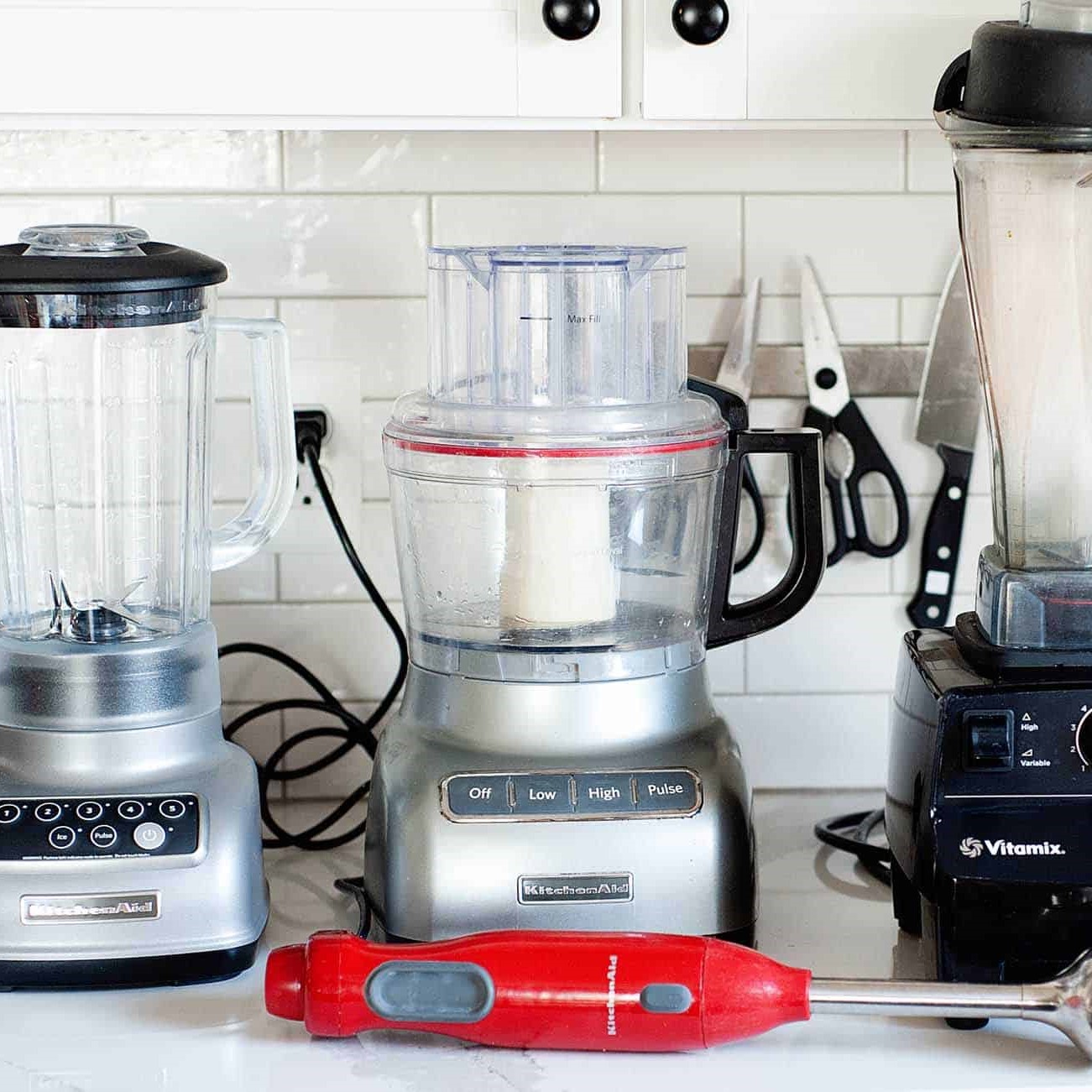
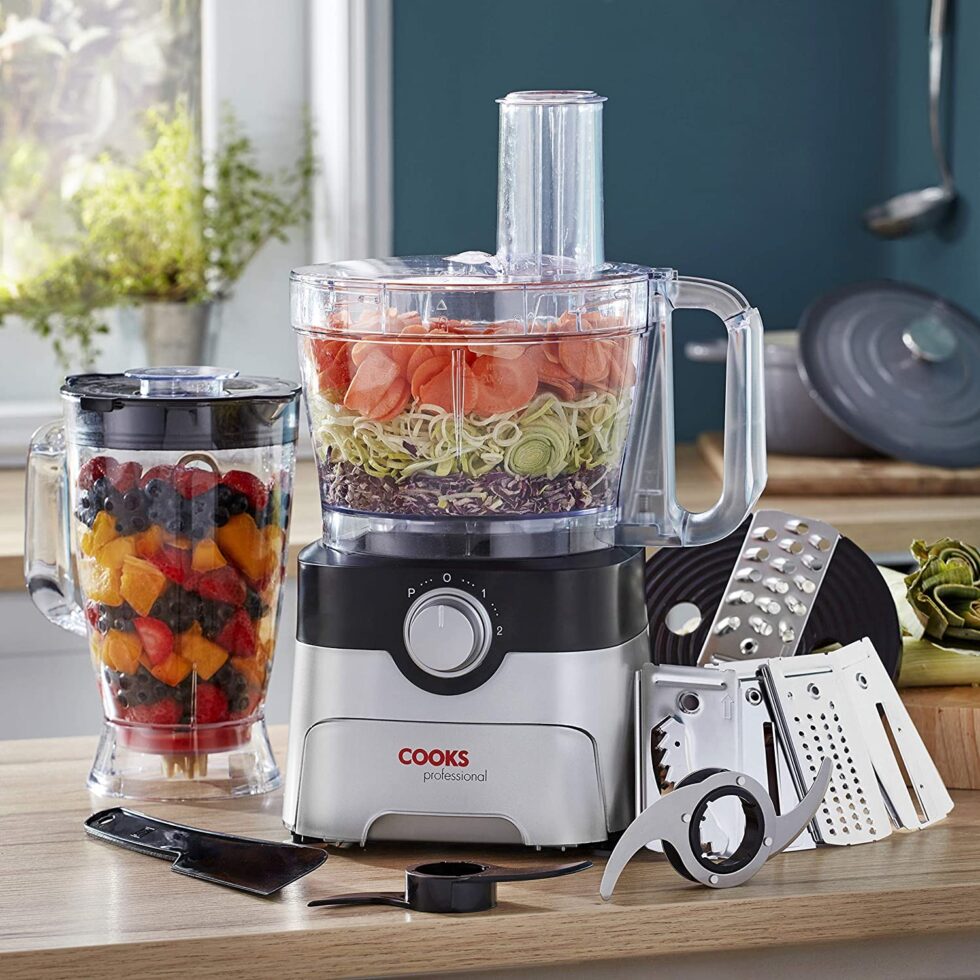
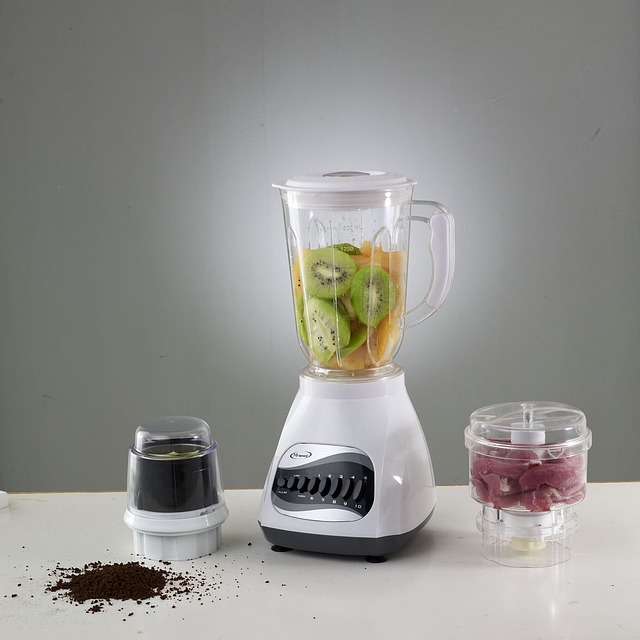
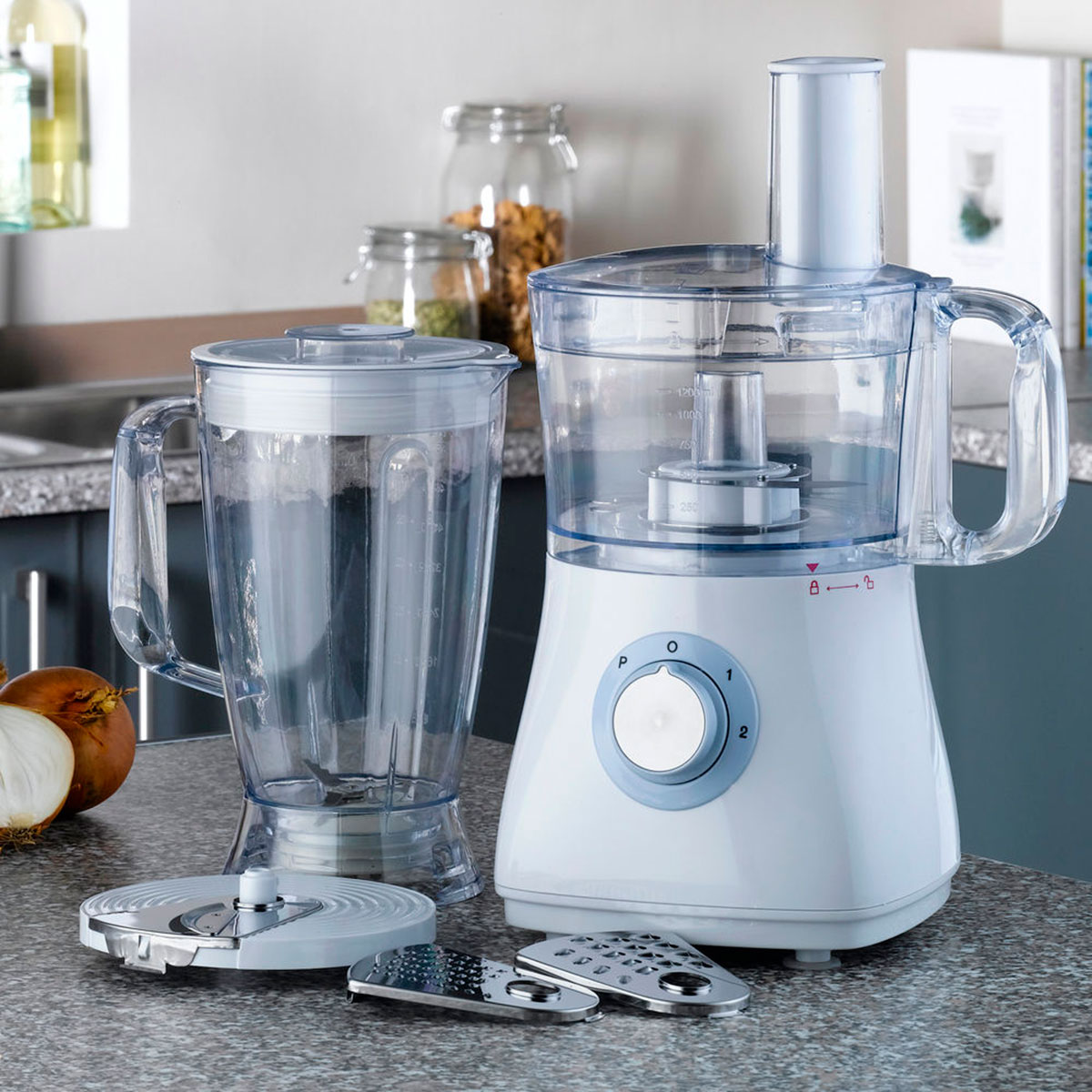
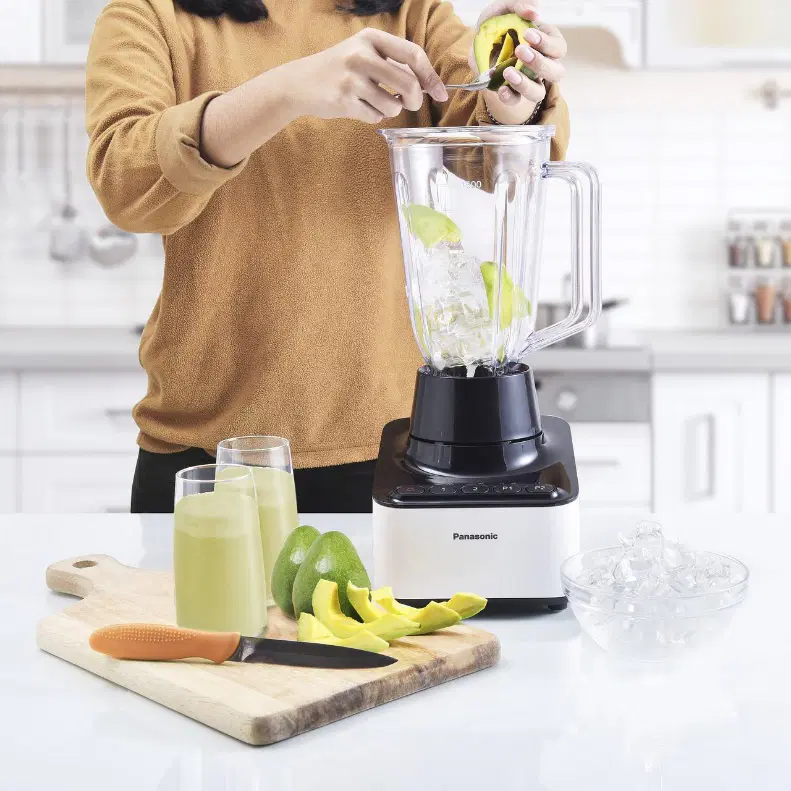
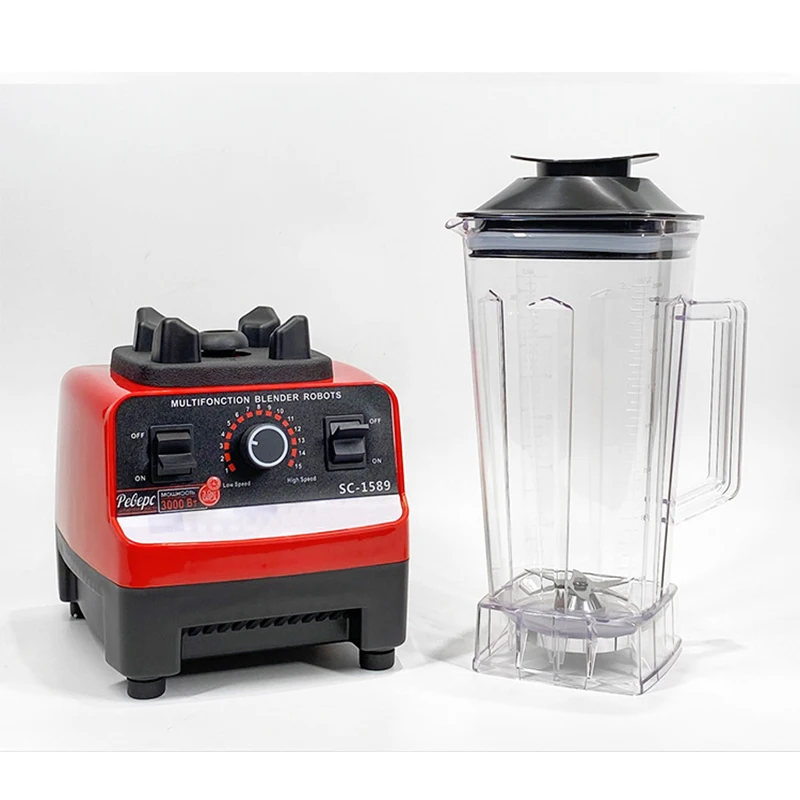
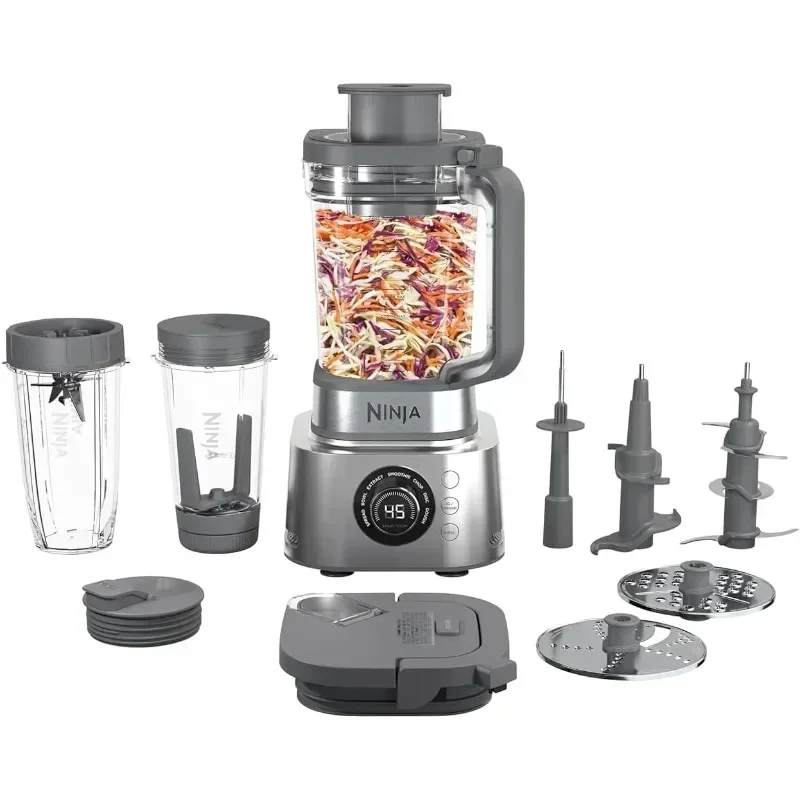
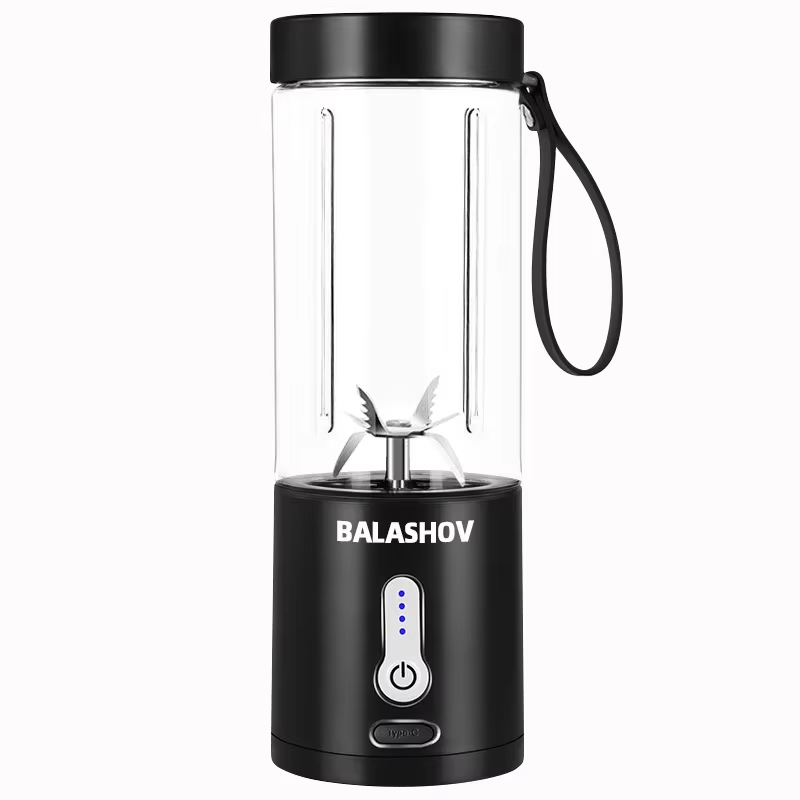
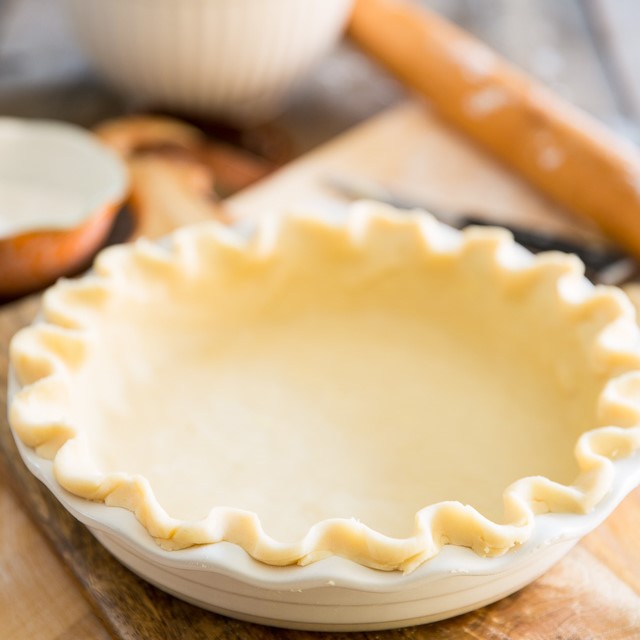
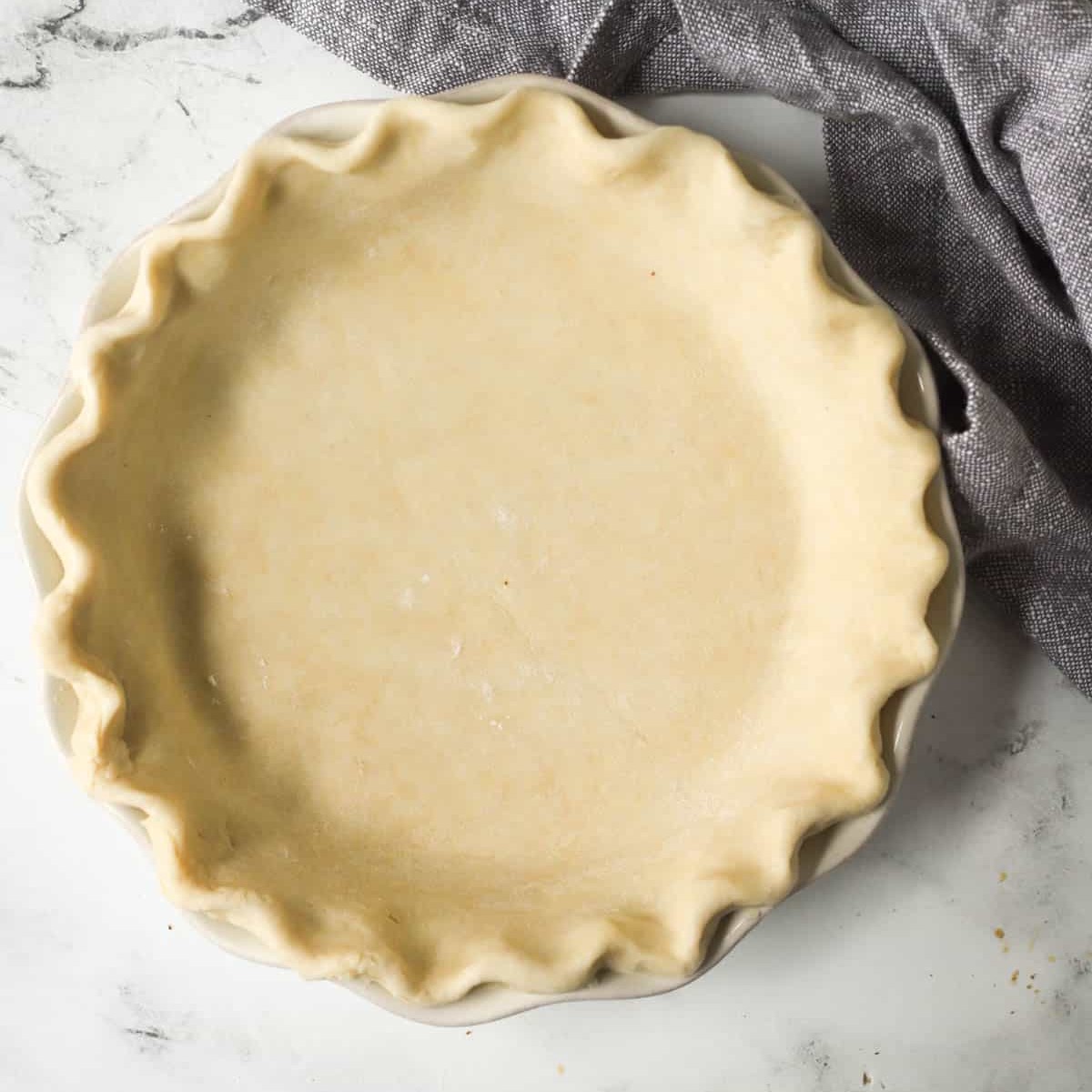
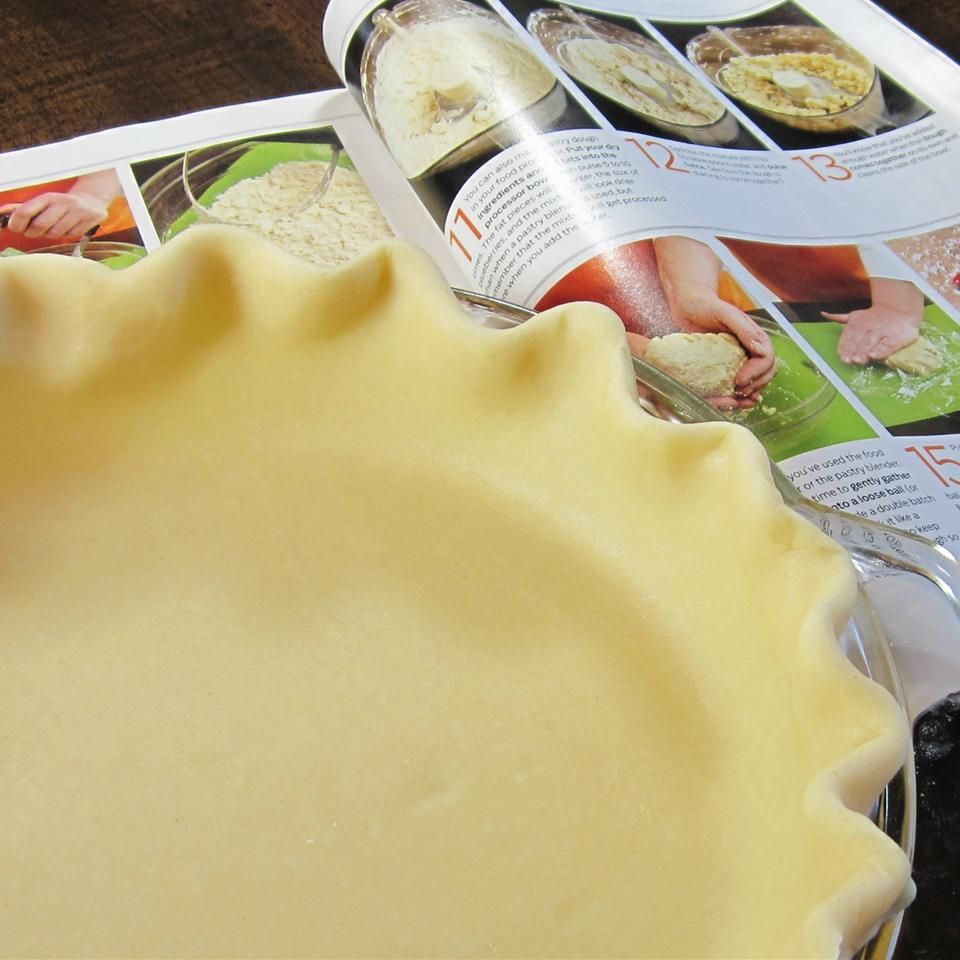 Tips for Achieving a Flaky and Tasty Pie Crust
Tips for Achieving a Flaky and Tasty Pie Crust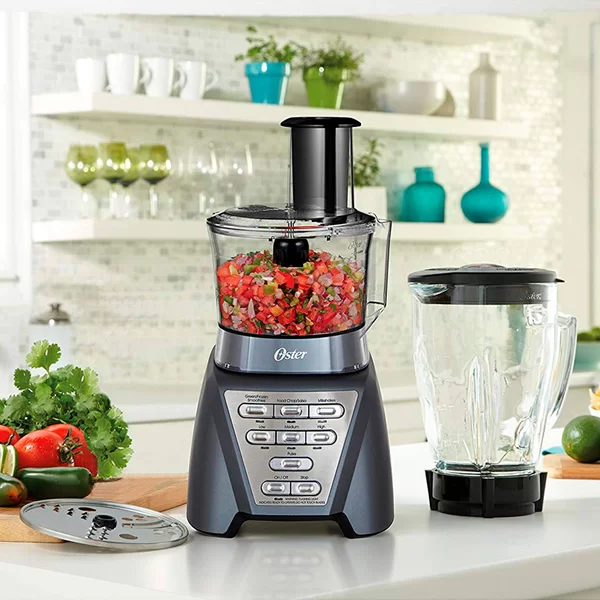
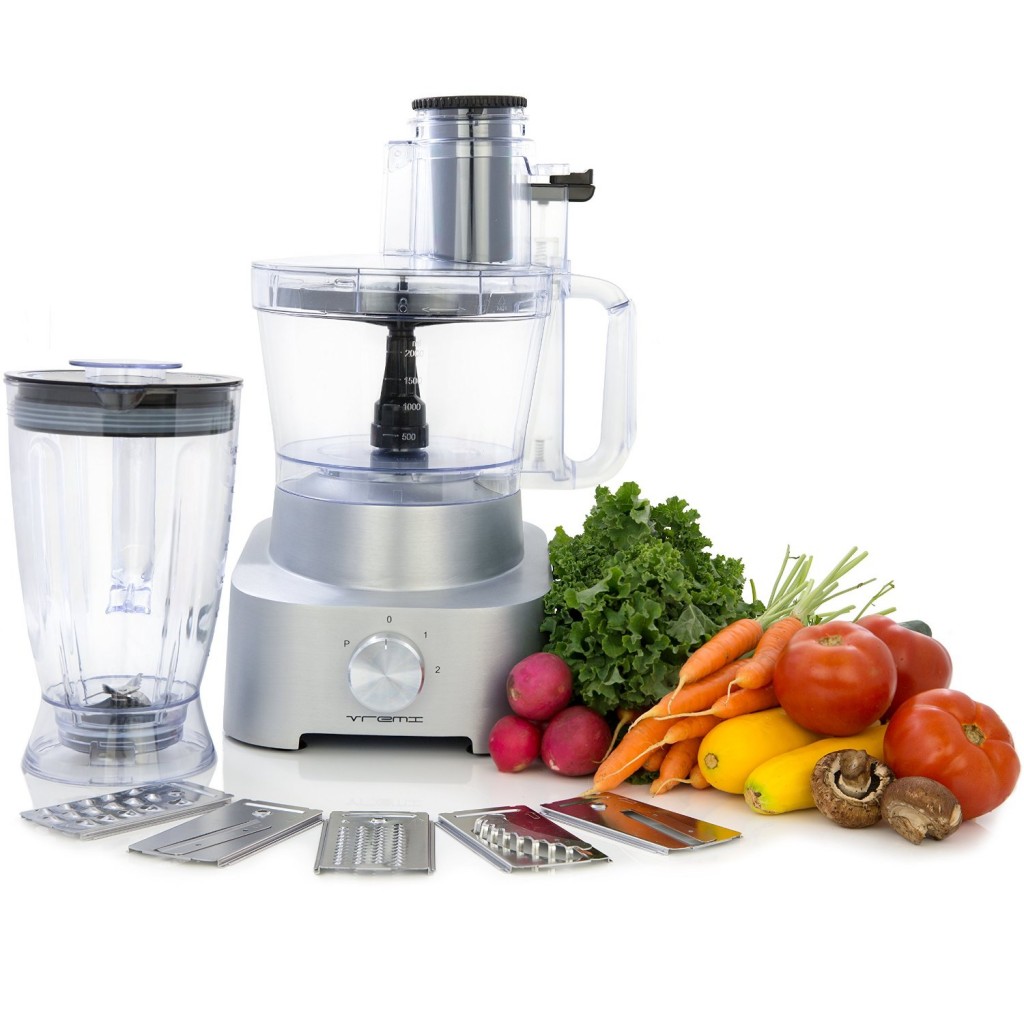
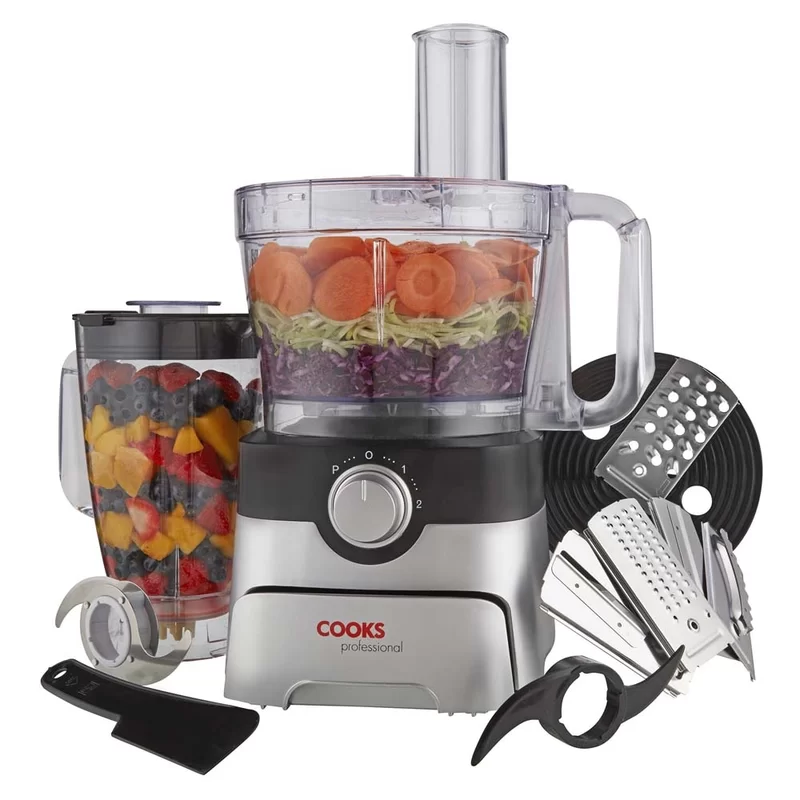 How to Use a Blender Food Processor Combo for Different Recipes
How to Use a Blender Food Processor Combo for Different Recipes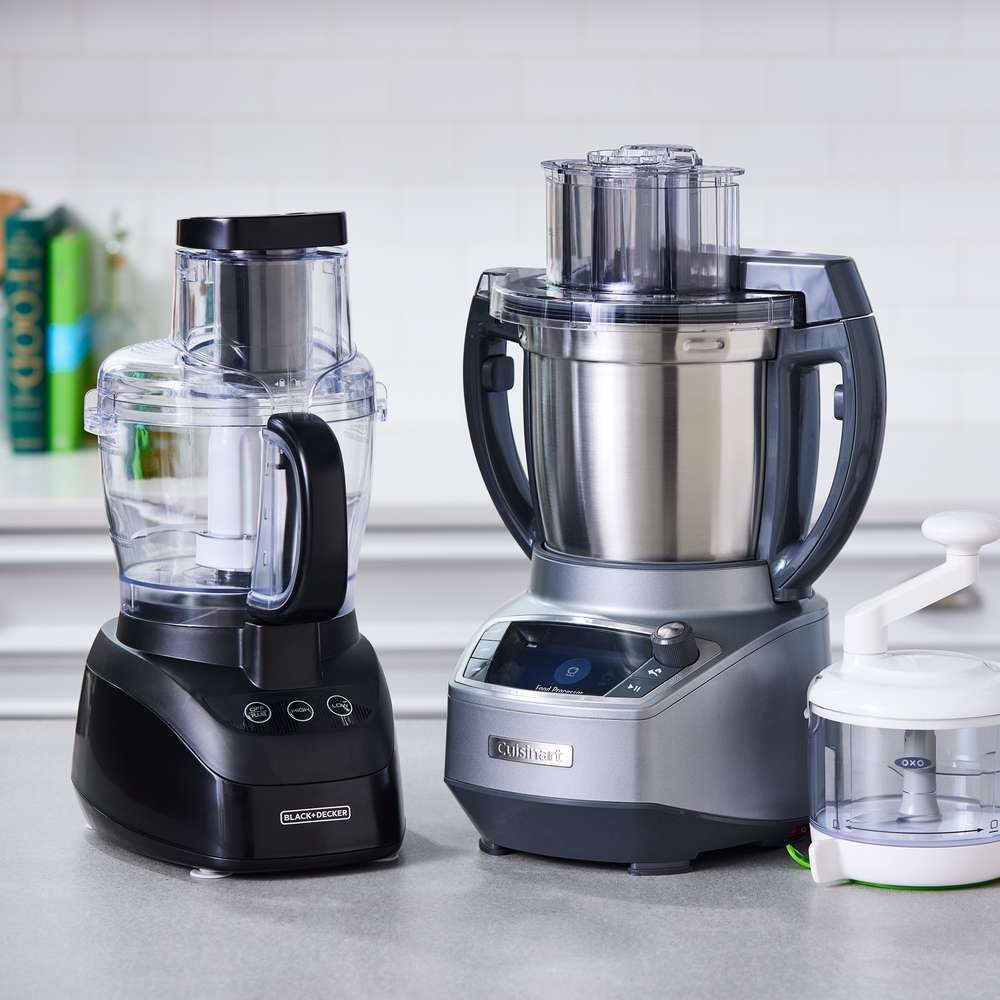
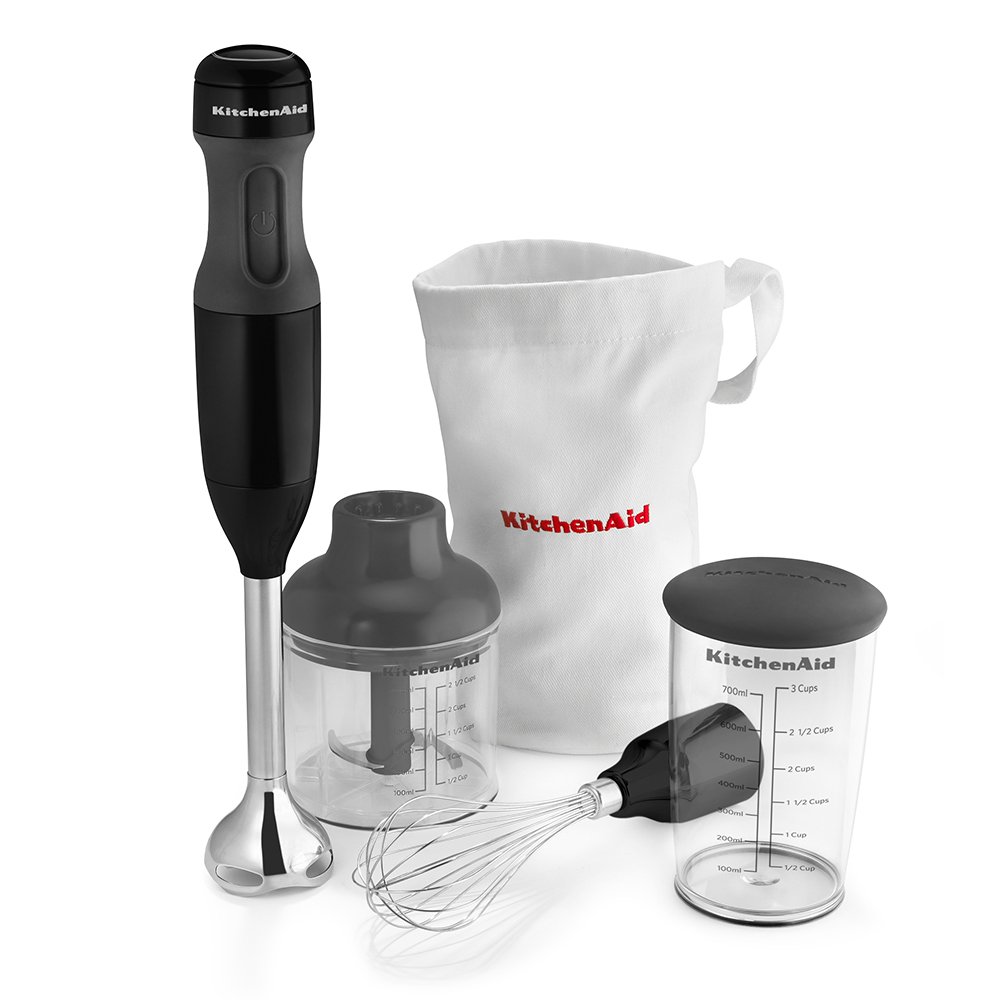
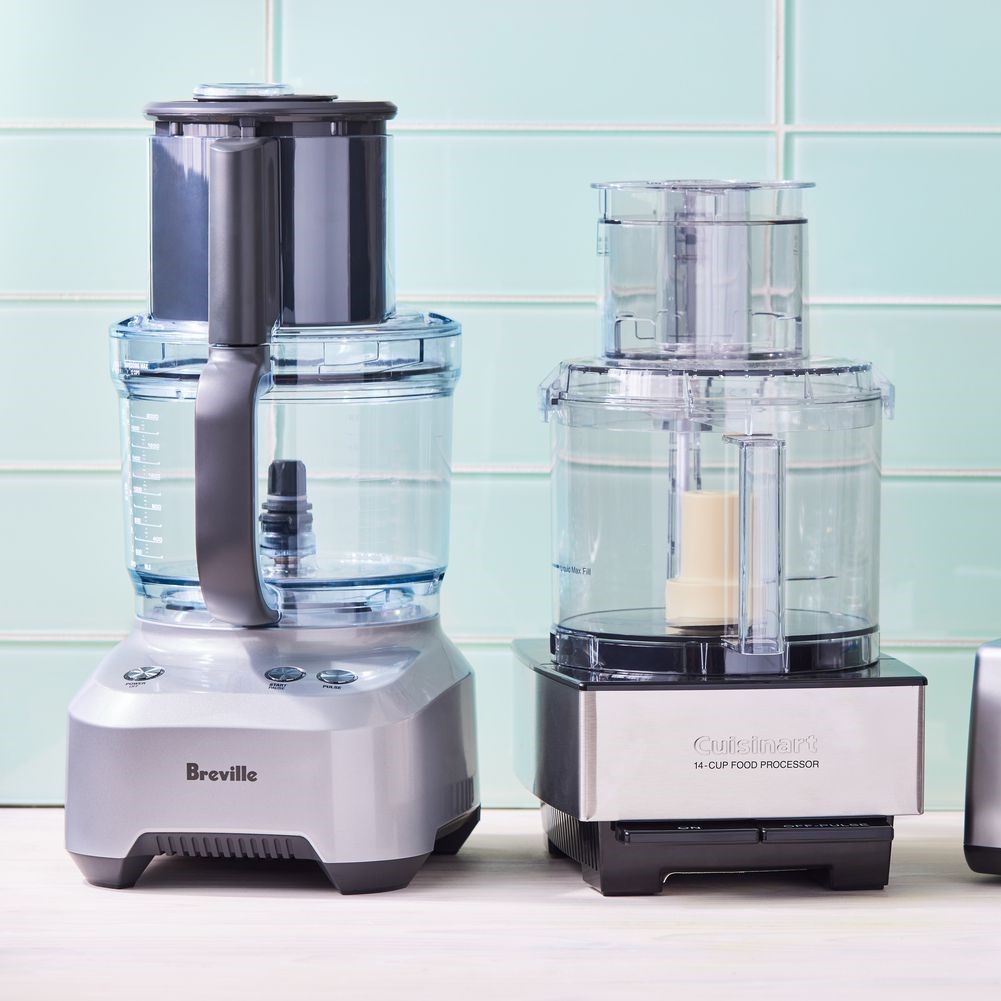
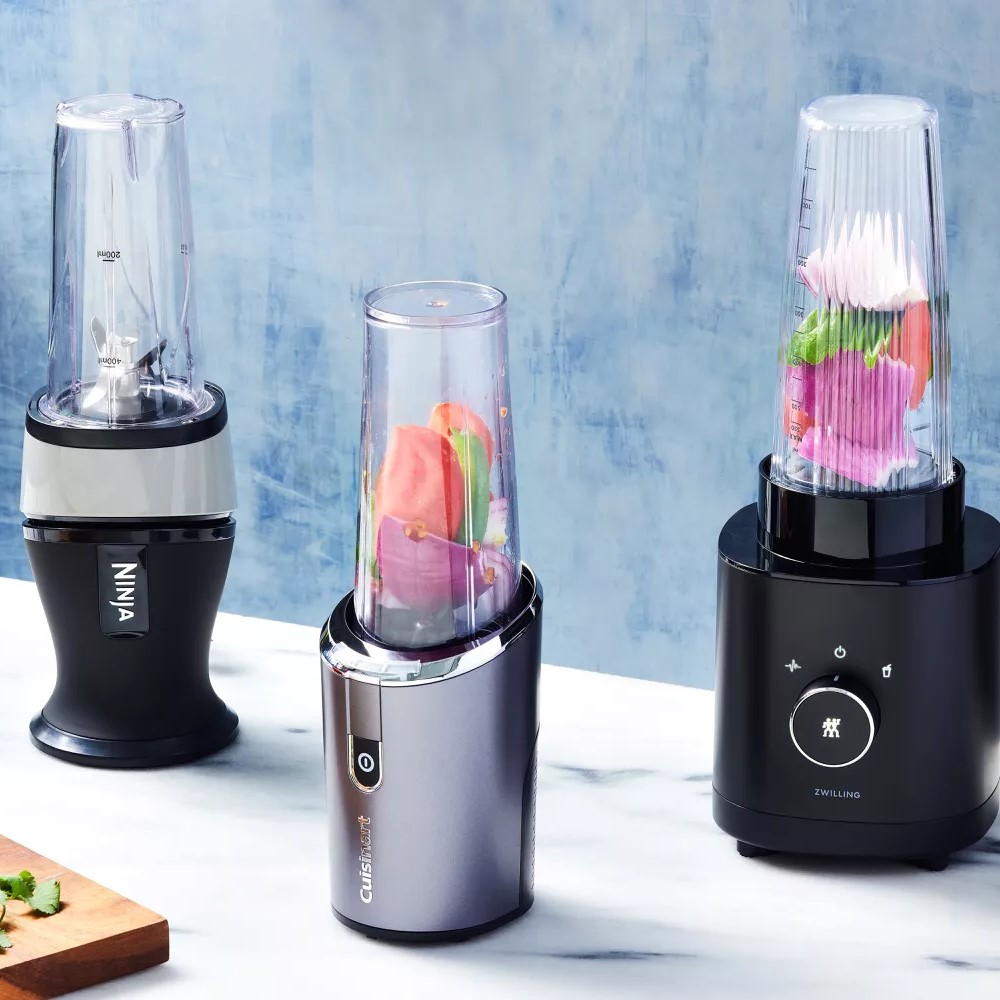
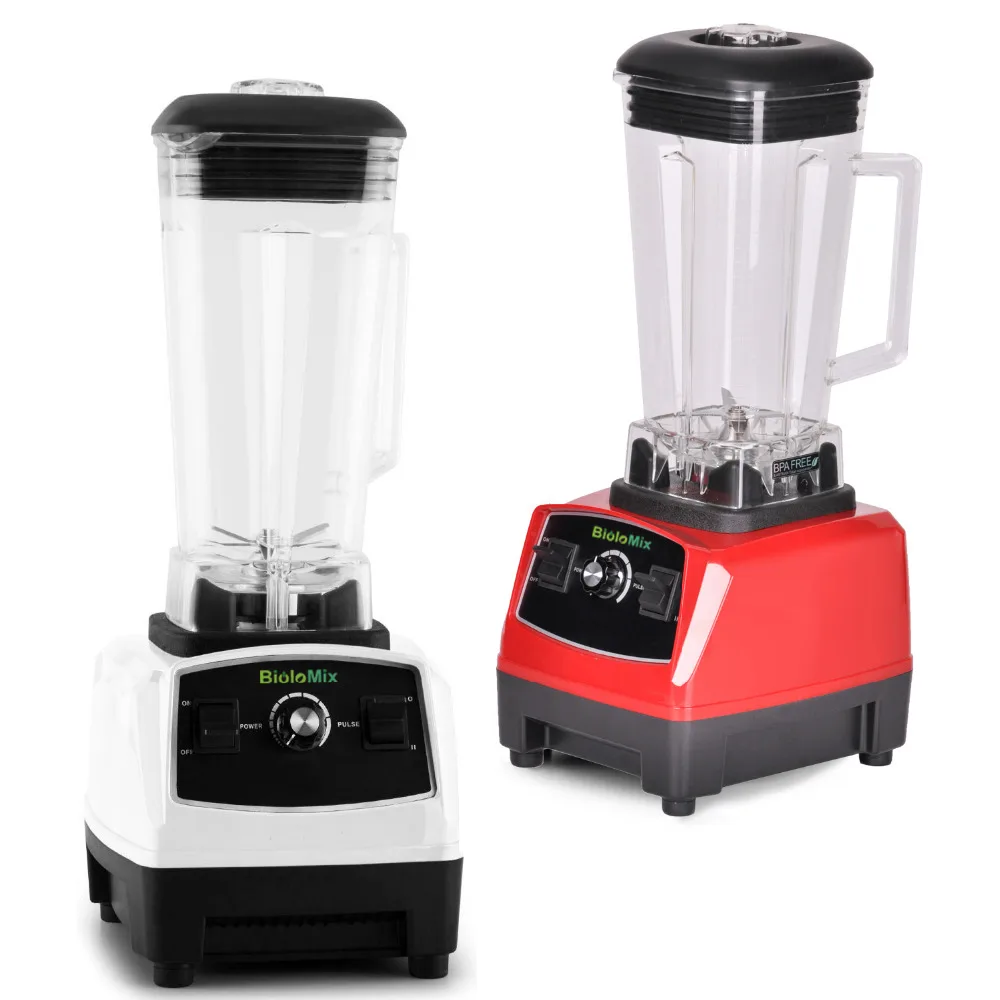
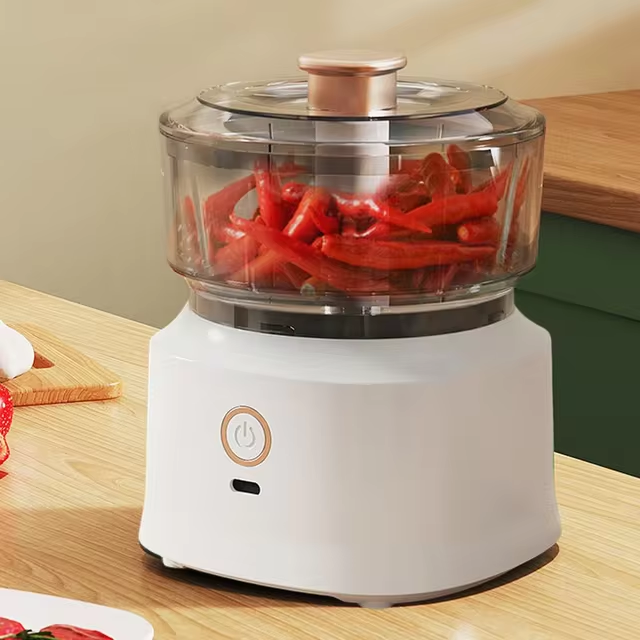
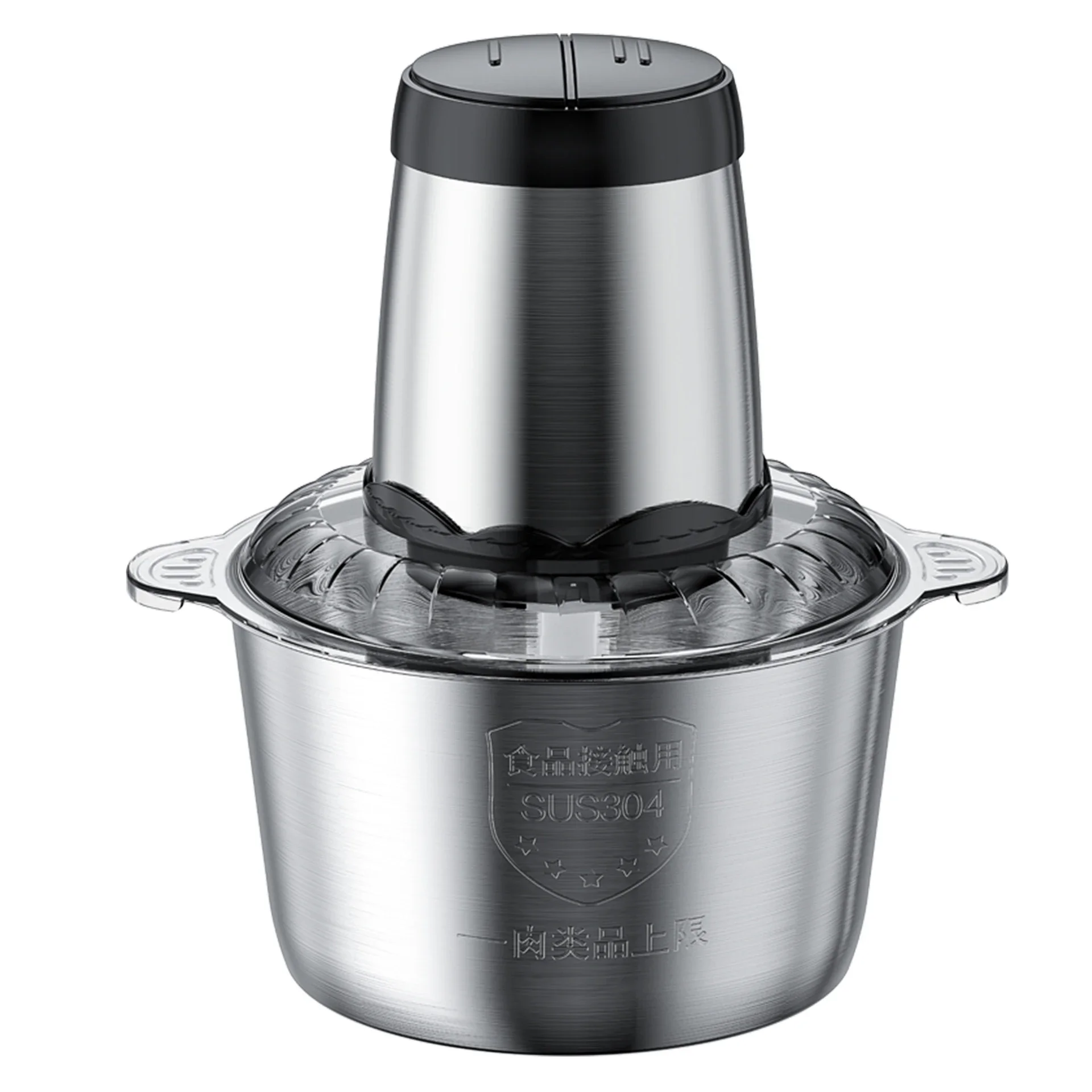 Understanding Food Processors: A Kitchen Essential
Understanding Food Processors: A Kitchen Essential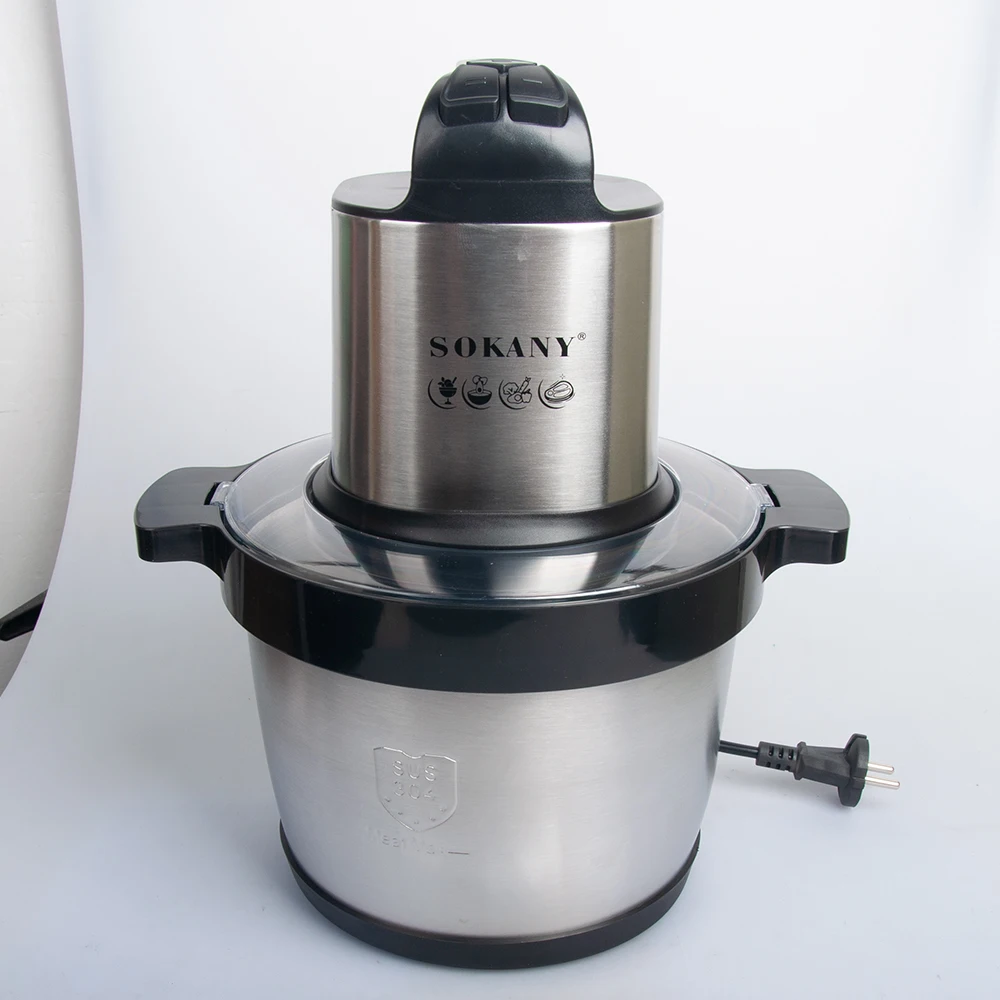
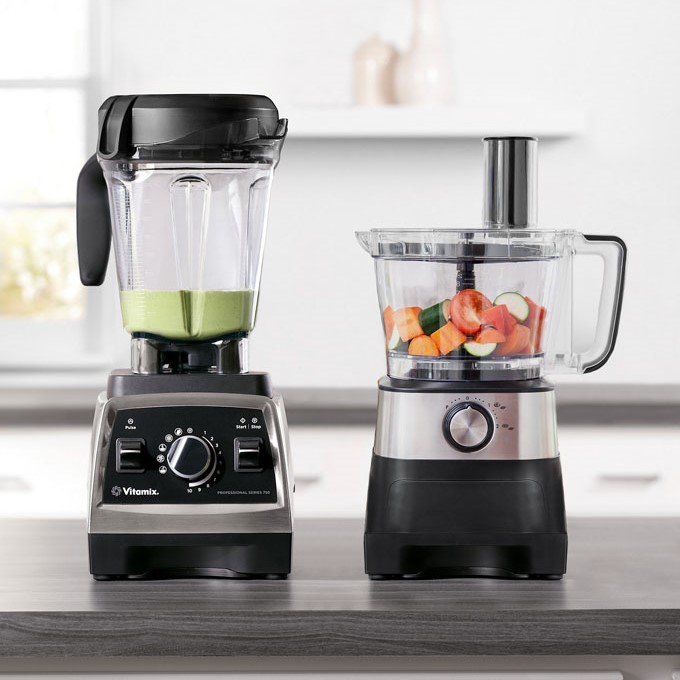
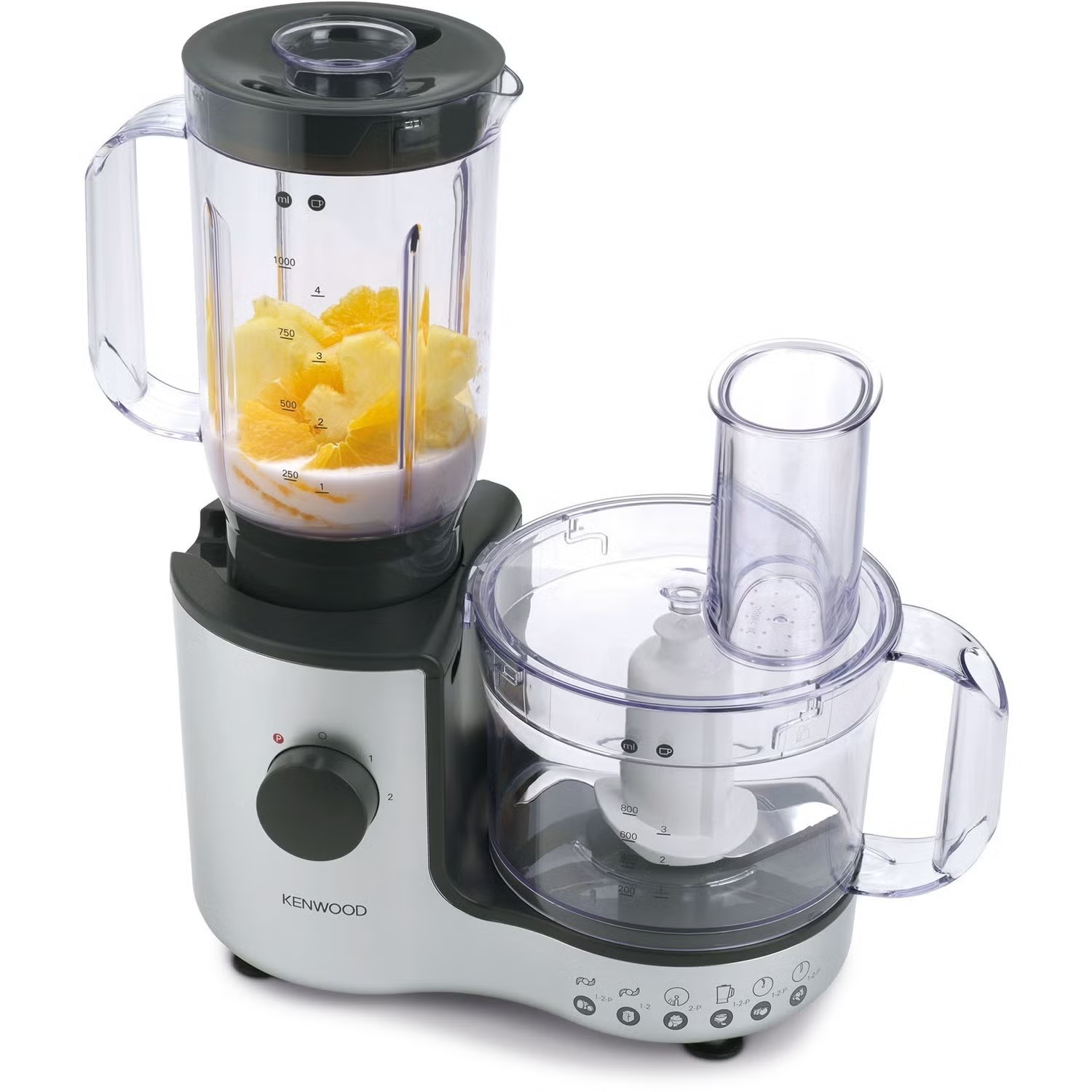
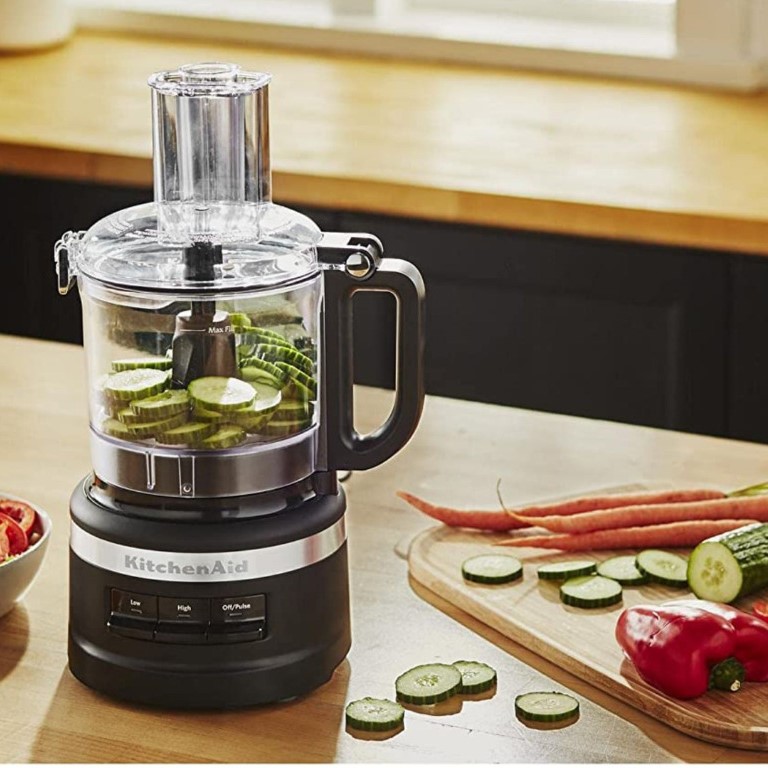
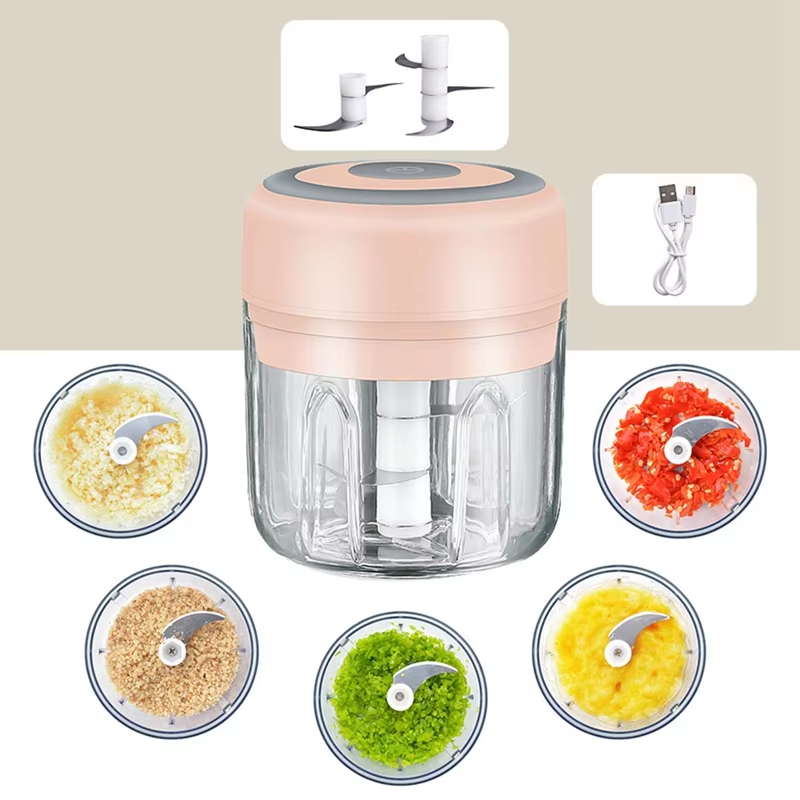
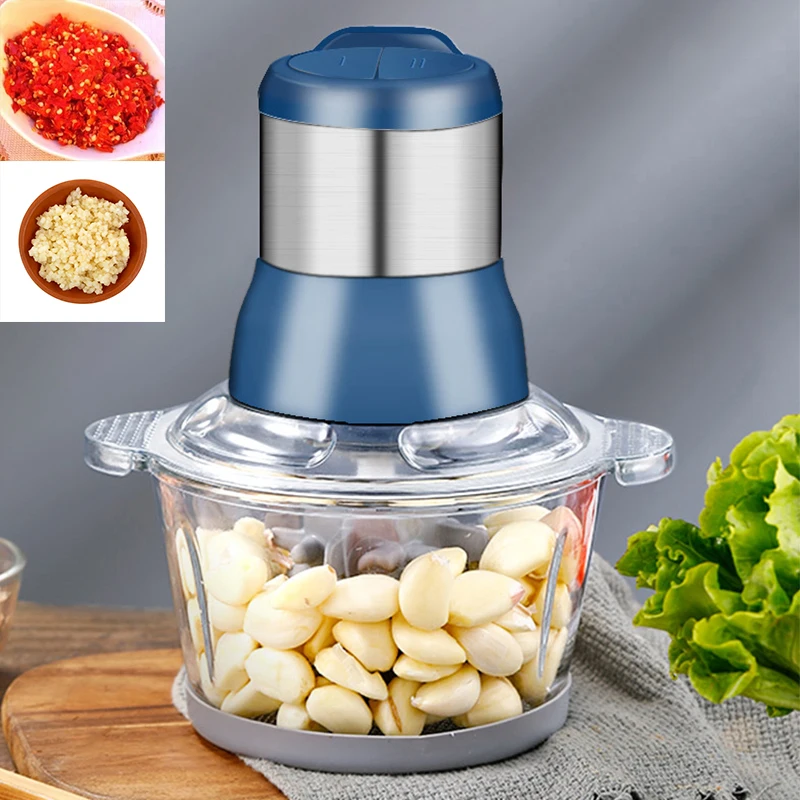
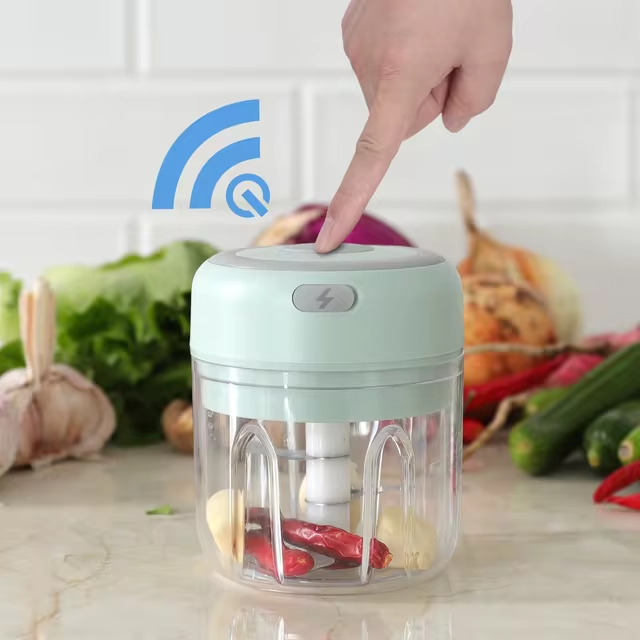 Real-Life Applications of Small Food Processors
Real-Life Applications of Small Food Processors